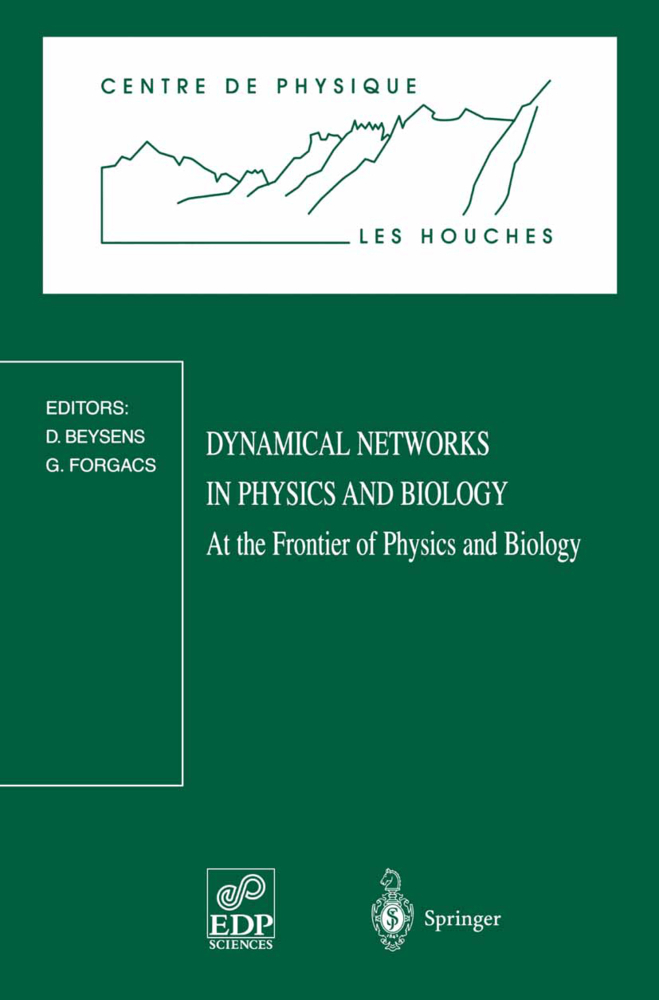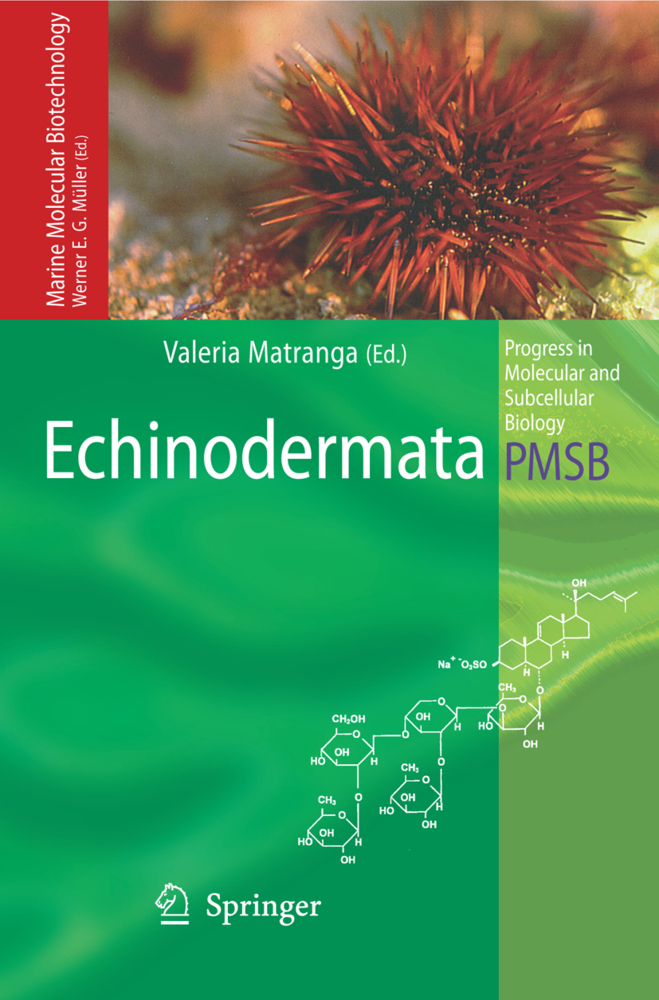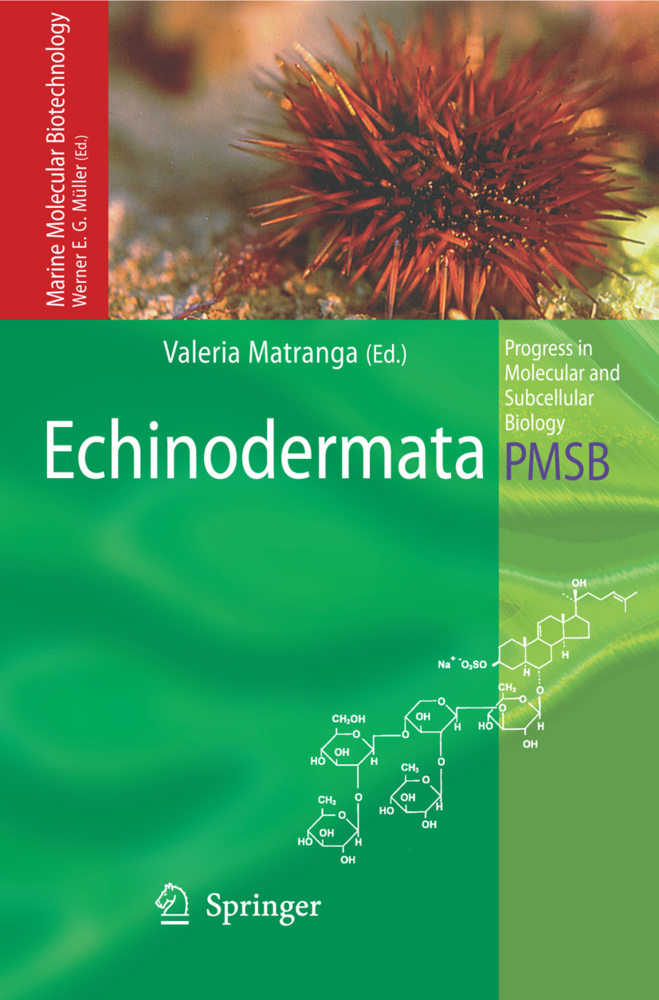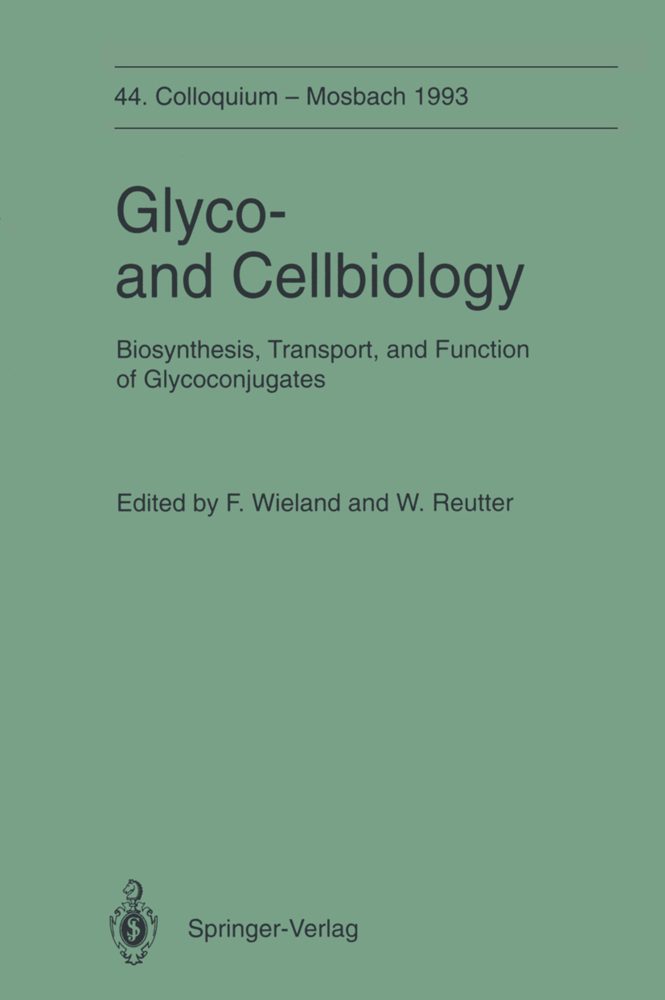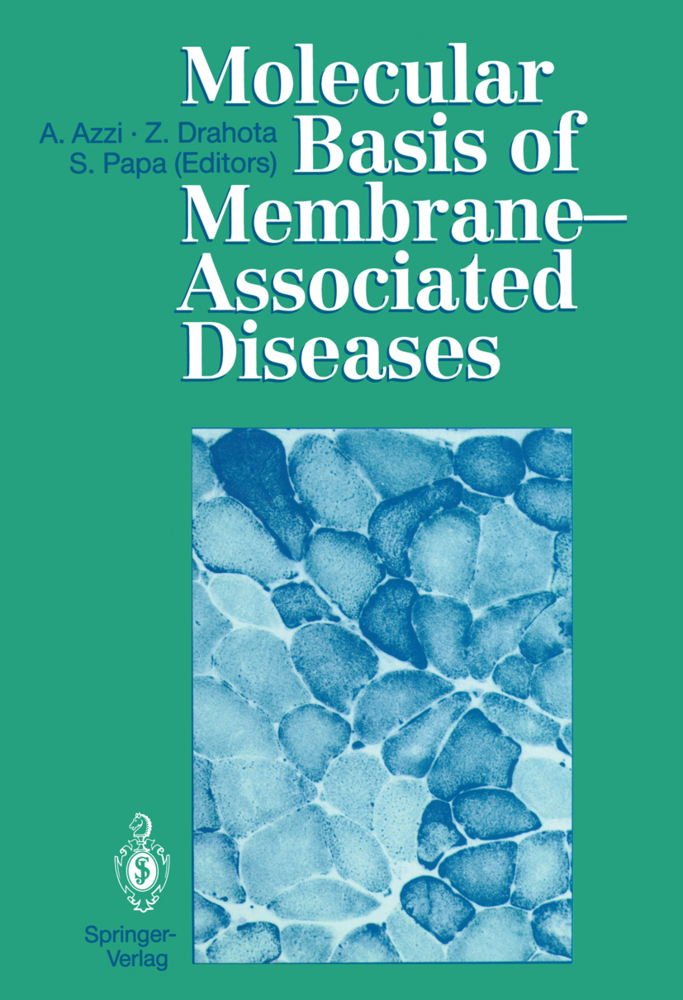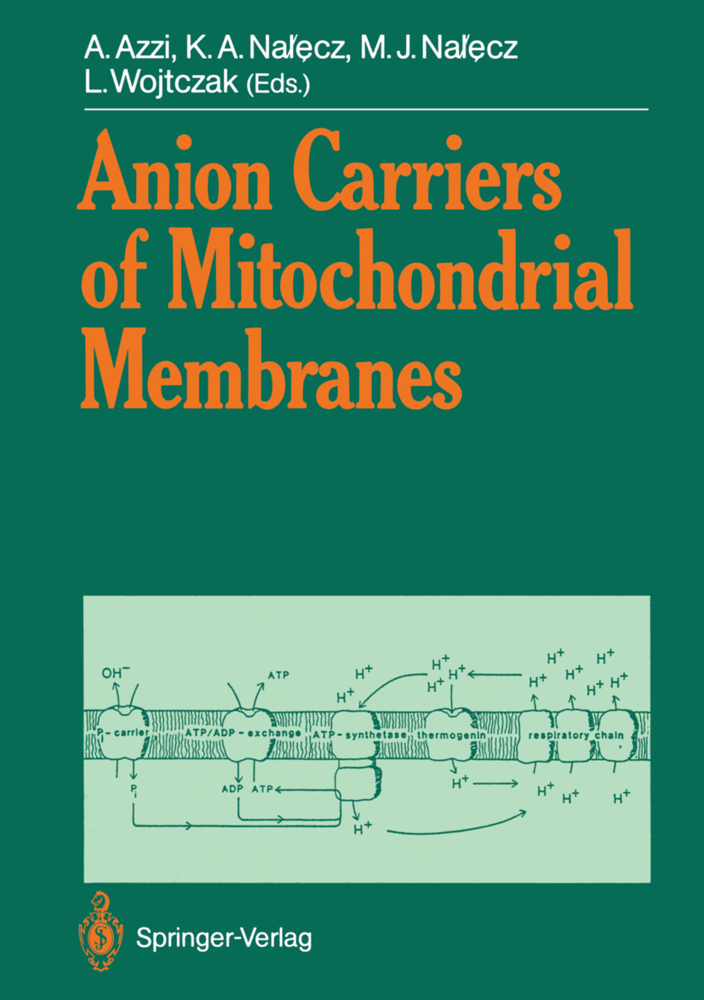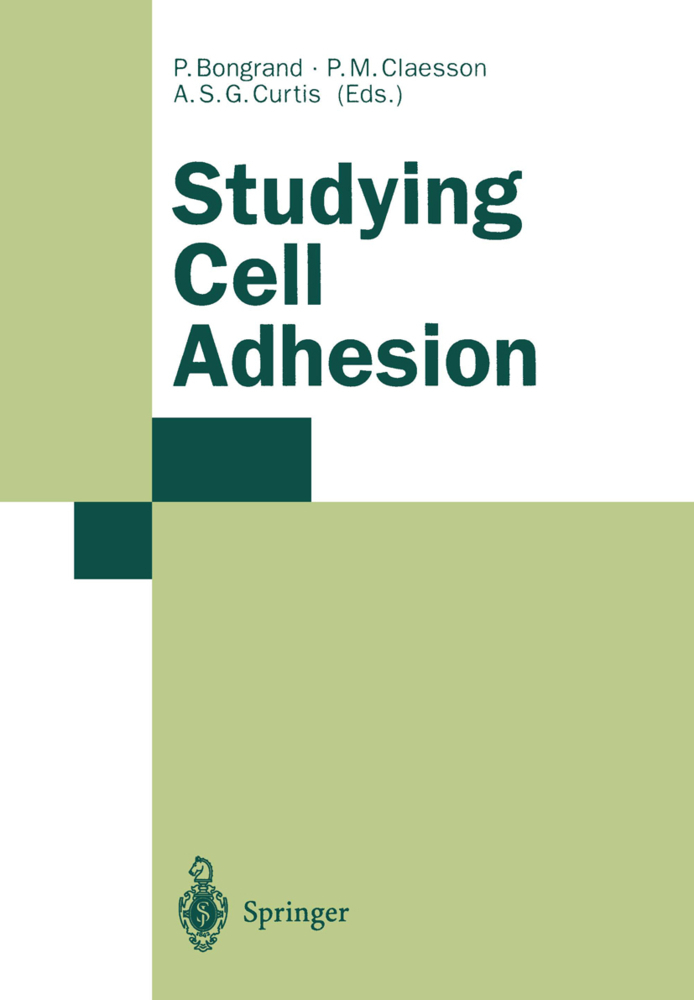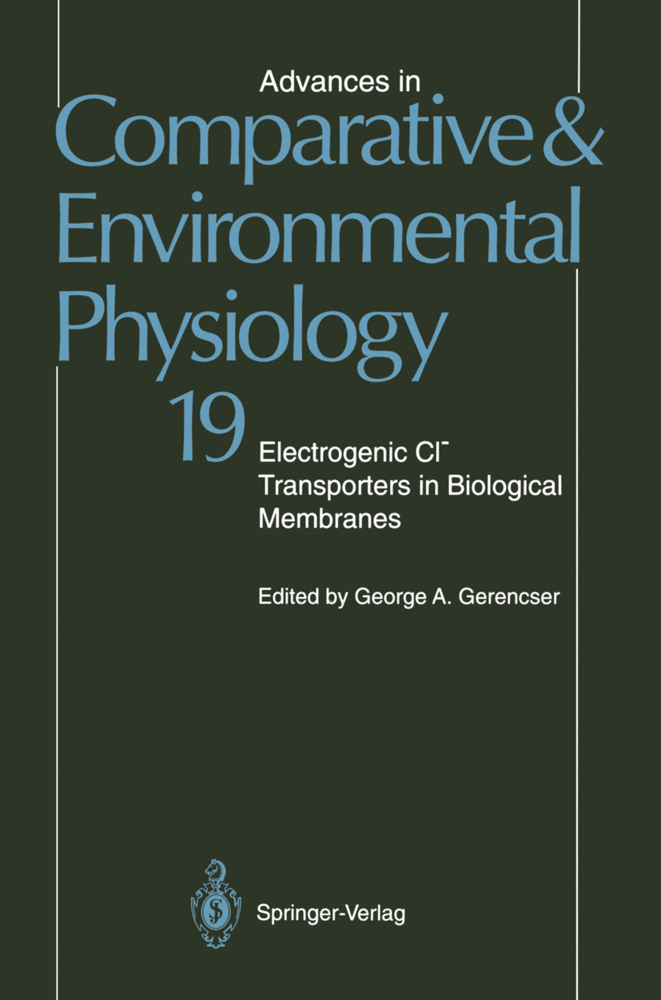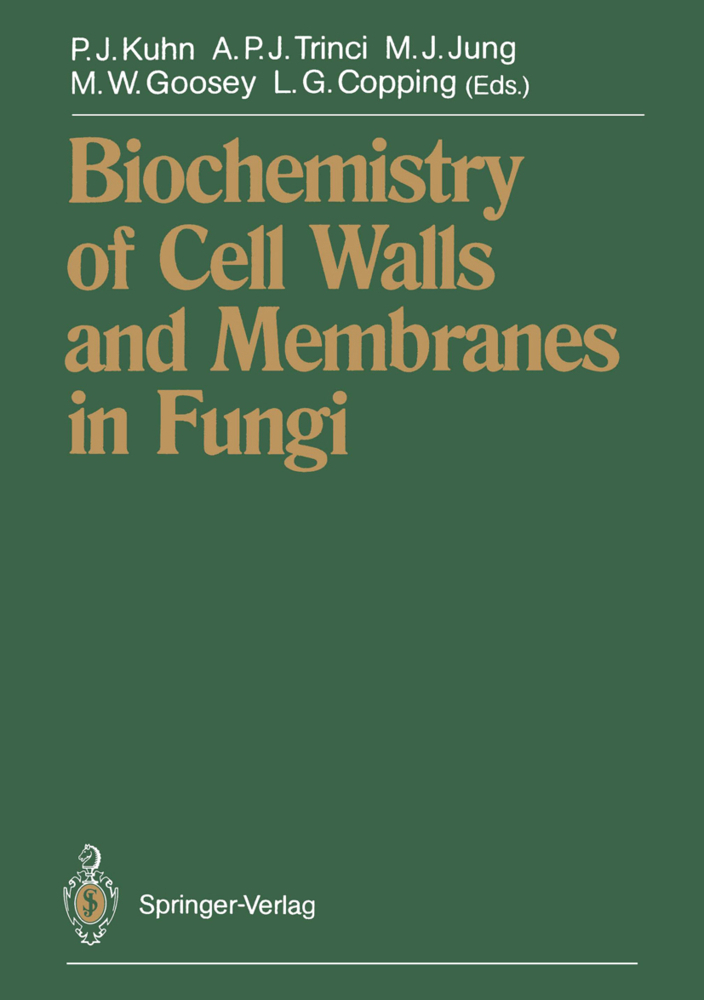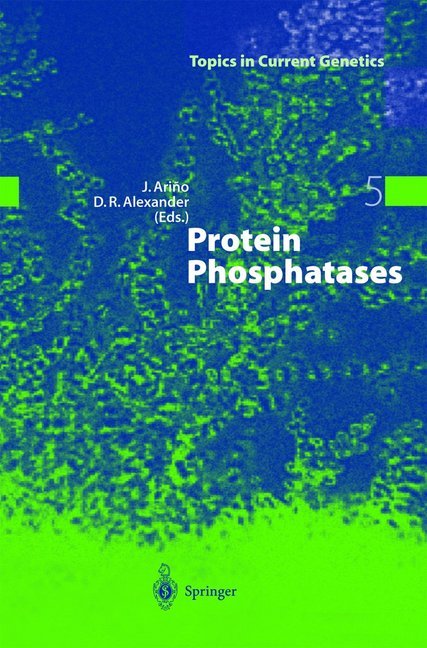Dynamical Networks in Physics and Biology
At the Frontier of Physics and Biology Les Houches Workshop, March 17-21, 1997
Dynamical Networks in Physics and Biology
At the Frontier of Physics and Biology Les Houches Workshop, March 17-21, 1997
The 1997 Les Houches workshop on "Dynamical Network in Physics and Biology" was the third in a series of meetings "At the Frontier between Physics and Biology". Our objective with these workshops is to create a truly interdisciplinary forum for researchers working on outstanding problems in biology, but using different approaches (physical, chemical or biological). Generally speaking, the biologists are trained in the particular and motivated by the specifics, while, in contrast, the physicists deal with generic and "universal" models. All agree about the necessity of developing "robust" models. The specific aim of the workshop was to bridge the gap between physics and biology in the particular field of interconnected dynamical networks. The proper functioning of a living organism of any complexity requires the coordinated activity of a great number of "units". Units, or, in physical terms, degrees of freedom that couple to one another, typically form networks. The physical or biological properties of interconnected networks may drastically differ from those of the individual units: the whole is not simply an assembly of its parts, as can be demonstrated by the following examples. Above a certain (critical) concentration the metallic islands, randomly distributed in an insulating matrix, form an interconnected network. At this point the macroscopic conductivity of the system becomes finite and the amorphous metal is capable of carrying current. The value of the macroscopic conductivity typically is very different from the conductivity of the individual metallic islands.
Lecture 2 Complex Networks in Cell Biology
Lecture 3 The Keratocyte Cytoskeleton: A Dynamic Structural Network
Lecture 4 Adhesion Mediated Signaling: The Role of Junctional Plaque Proteins in the Regulation of Tumorigenesis
Lecture 5 Of Proteins, Redox States and Living Things
Lecture 6 Tensegrity and the Emergence of a Cellular Biophysics
Lecture 7 The Leukocyte Actin Cytoskeleton
Lecture 8 Branched Polymers and Gels
Lecture 9 Statistical Mechanisms of Semiflexible Polymers: Theory and Experiment
Lecture 10 Scale Effects, Anisotropy and Non-Linearity of Tensegrity Structures: Applications to Cell Mechanical Behavior
Cellular and Extracellular Networks
Lecture 11 Networks of Extracellular Matrix and Adhesion Proteins
Lecture 12 Networks of Extracellular Fibers and the Generation of Morphogenetic Forces
Lecture 13 First Steps Towards a Comprehensive Model of Tissues, or: A Physicist Looks at Development
Lecture 14 Networks of Droplets Induced by Coalescence: Application to Cell Sorting
Lecture 15 A Monte-Carlo Approach to Growing Solid Non-Vascular Tumors
Genetic, Immune, Molecular and Metabolic Networks
Lecture 16 Intracellular Communication via Protein Kinase Networks
Lecture 17 Molecular Networks that Regulate Development
Lecture 18 H-Bond Networks in Stability and Function of Biological Macromolecules
Lecture 19 A Network of Cell Interactions Mediated by Frizzled is Essential for Gastrulation and Anteroposterior Axis Determination in Xenopus Embryos
Lecture 20 Fluid Lipid-Bilayer Membranes: Some Basic Physical Mechanisms for Lateral Self-Organization
Lecture 21 Logical Analysis of Timing-Dependent Signaling Properties in the Immune System
Lecture 22 A Water Channel Network in Cell Membranes of the Filter Chamber of Homopteran Insects
Lecture 23 Creative Genomic Webs
Neuronal Networks
Lecture 24 Hebbian Learning of Temporal Correlations: Sound Localization in the Barn Owl Auditory System
Application of Physical Models and Phenomena to Biological Systems
Lecture 25 Structures of Supercoiled DNA and their Biological Implications.
Lecture 1 Cooperative Phenomena in Physical Networks
Networks of BiopolymersLecture 2 Complex Networks in Cell Biology
Lecture 3 The Keratocyte Cytoskeleton: A Dynamic Structural Network
Lecture 4 Adhesion Mediated Signaling: The Role of Junctional Plaque Proteins in the Regulation of Tumorigenesis
Lecture 5 Of Proteins, Redox States and Living Things
Lecture 6 Tensegrity and the Emergence of a Cellular Biophysics
Lecture 7 The Leukocyte Actin Cytoskeleton
Lecture 8 Branched Polymers and Gels
Lecture 9 Statistical Mechanisms of Semiflexible Polymers: Theory and Experiment
Lecture 10 Scale Effects, Anisotropy and Non-Linearity of Tensegrity Structures: Applications to Cell Mechanical Behavior
Cellular and Extracellular Networks
Lecture 11 Networks of Extracellular Matrix and Adhesion Proteins
Lecture 12 Networks of Extracellular Fibers and the Generation of Morphogenetic Forces
Lecture 13 First Steps Towards a Comprehensive Model of Tissues, or: A Physicist Looks at Development
Lecture 14 Networks of Droplets Induced by Coalescence: Application to Cell Sorting
Lecture 15 A Monte-Carlo Approach to Growing Solid Non-Vascular Tumors
Genetic, Immune, Molecular and Metabolic Networks
Lecture 16 Intracellular Communication via Protein Kinase Networks
Lecture 17 Molecular Networks that Regulate Development
Lecture 18 H-Bond Networks in Stability and Function of Biological Macromolecules
Lecture 19 A Network of Cell Interactions Mediated by Frizzled is Essential for Gastrulation and Anteroposterior Axis Determination in Xenopus Embryos
Lecture 20 Fluid Lipid-Bilayer Membranes: Some Basic Physical Mechanisms for Lateral Self-Organization
Lecture 21 Logical Analysis of Timing-Dependent Signaling Properties in the Immune System
Lecture 22 A Water Channel Network in Cell Membranes of the Filter Chamber of Homopteran Insects
Lecture 23 Creative Genomic Webs
Neuronal Networks
Lecture 24 Hebbian Learning of Temporal Correlations: Sound Localization in the Barn Owl Auditory System
Application of Physical Models and Phenomena to Biological Systems
Lecture 25 Structures of Supercoiled DNA and their Biological Implications.
| ISBN | 978-3-540-65349-3 |
|---|---|
| Artikelnummer | 9783540653493 |
| Medientyp | Buch |
| Auflage | 1998 |
| Copyrightjahr | 1998 |
| Verlag | Springer, Berlin |
| Umfang | XVI, 315 Seiten |
| Abbildungen | XVI, 315 p. 134 illus. |
| Sprache | Englisch |

